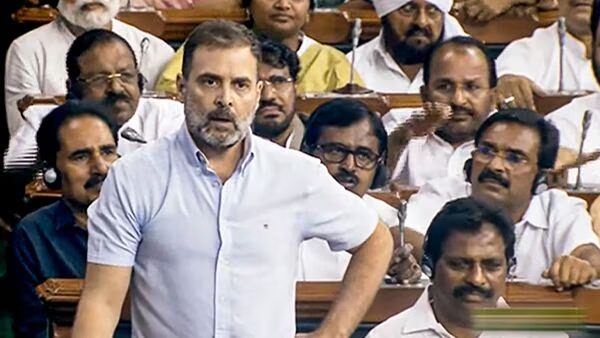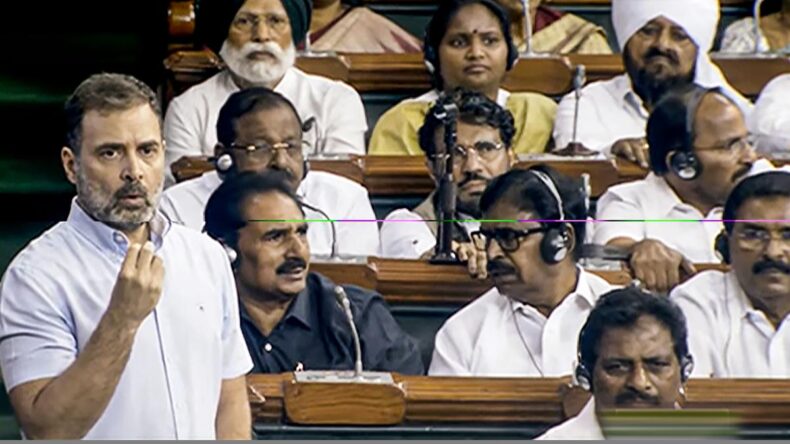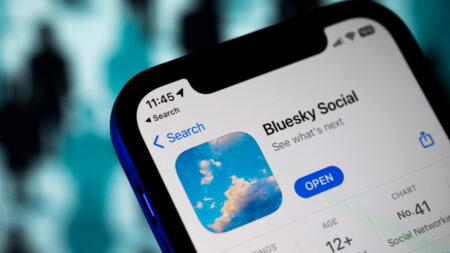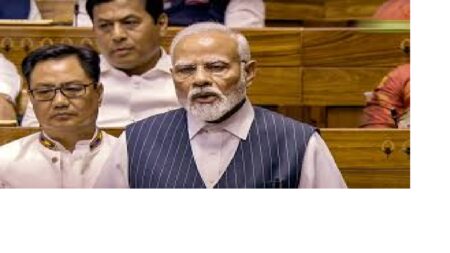The Indian political arena is known for its dramatic twists and turns, but none could have predicted the uproar that would ensue after Rahul Gandhi, a prominent Congress MP, blew a flying kiss while leaving the Lok Sabha. This seemingly innocuous gesture, reminiscent of his previous displays of emotion, took on a life of its own, sparking a fierce online firestorm of controversy and diverse opinions across various social media platforms. In this article, we delve into the details of this unconventional incident and the myriad of reactions it garnered.
A Farewell with a Twist: The Flying Kiss Incident
As Rahul Gandhi exited the Lok Sabha after delivering a speech, he left more than just a trail of applause behind him. With a seemingly casual wave of his hand, he delivered a flying kiss that immediately caught the attention of onlookers and the media. While the gesture itself might not be uncommon in certain contexts, its occurrence within the hallowed halls of the parliament added a layer of complexity that would soon fuel a digital storm.
Controversy Takes Flight: Mixed Reactions Abound
The flying kiss incident did not go unnoticed, especially by his political opponents. Union Minister Smriti Irani and a cohort of BJP MPs were quick to condemn the gesture, despite the fact that it wasn’t captured on camera. Reports suggest that the gesture was aimed at BJP MPs, making it a subject of even greater scrutiny and debate. Smriti Irani’s denouncement, which avoided naming Rahul Gandhi directly, accused the act of being misogynistic and inappropriate for the parliamentary setting. This accusation sparked a firestorm of its own, igniting conversations about gender dynamics, political decorum, and the moral responsibilities of elected officials.
Social Media Unleashed: Twitter’s Meme Fest
If there’s one thing the digital age has perfected, it’s the rapid spread of information and opinions. Twitter, the microblogging platform known for its concise and often humorous takes, exploded with reactions to Rahul Gandhi‘s flying kiss. Users wasted no time in creating memes that humorously mocked the incident, while others used the platform to voice their criticisms. The incident became a trending topic, and what might have remained a simple gesture soon transformed into a symbol of much larger debates.
Reddit: A Platform for Discussion
While Twitter was the domain of memes and quick reactions, Reddit provided a platform for more in-depth discussions. Threads dedicated to dissecting the flying kiss incident sprouted, featuring a wide range of opinions. Some saw it as a harmless moment of levity, while others perceived it as a reflection of the deteriorating professionalism within Indian politics. The incident became a point of entry into broader conversations about the state of the nation’s political discourse and the expectations citizens hold for their elected representatives.

Visual Commentary: YouTube and Instagram’s Takes
For those seeking more substantial analysis, YouTube proved to be a valuable resource. News channels and commentators dissected the incident from every angle, providing viewers with insights and diverse perspectives. On the other hand, Instagram users harnessed the power of visuals through satirical posts and memes, utilizing relevant hashtags to amplify their message. The incident’s multifaceted nature ensured that it could be dissected both visually and analytically, catering to different preferences within the digital audience.
TikTok’s Creative Engagement and Impact
The flying kiss incident also made its way to TikTok, a platform known for its short-form, visually engaging content. Users across India creatively reenacted the moment, while others utilized the incident to create light-hearted, humorous videos. TikTok’s viral trends transformed the incident into a participatory event, with users contributing their unique perspectives through the lens of creative expression. The incident’s migration to TikTok highlighted the seamless integration of digital platforms in shaping public opinion and discourse.
Facebook and Telegram: Rapid Dissemination of Opinions
Facebook and Telegram, known for their ability to rapidly disseminate information, became hotbeds of opinions on the incident. Smriti Irani’s video denouncing the flying kiss found a wide audience, spurring a plethora of reactions and discussions. The incident wasn’t merely confined to these platforms; it evolved into a conversation about the conduct of politicians, the boundaries of acceptable behavior, and the changing dynamics of political communication in the age of instant sharing.
The flying kiss incident involving Rahul Gandhi might have taken place in mere seconds, but its impact rippled through the digital landscape, revealing the intricate relationship between politics, social media, and public perception. In an age where every gesture, word, and action can be scrutinized on a global scale, incidents like these highlight the need for politicians to navigate the digital realm with caution and mindfulness.
The incident, while sparking humor and memes, also unearthed deeper debates about the standards expected of public figures and the fine line between personal expression and political decorum. It raised questions about the role of social media in shaping political narratives, and the extent to which the digital world influences real-world discussions and decisions.
As the incident and its surrounding discussions gradually fade from the limelight, its legacy remains a poignant reminder that in the digital era, politics extends beyond the physical realm. Every action by a politician has the potential to become a touchpoint for conversations that transcend borders, demographics, and ideologies. The flying kiss incident stands as a symbol of this brave new world of politics, where gestures can ignite online firestorms and redefine the boundaries of public discourse.













